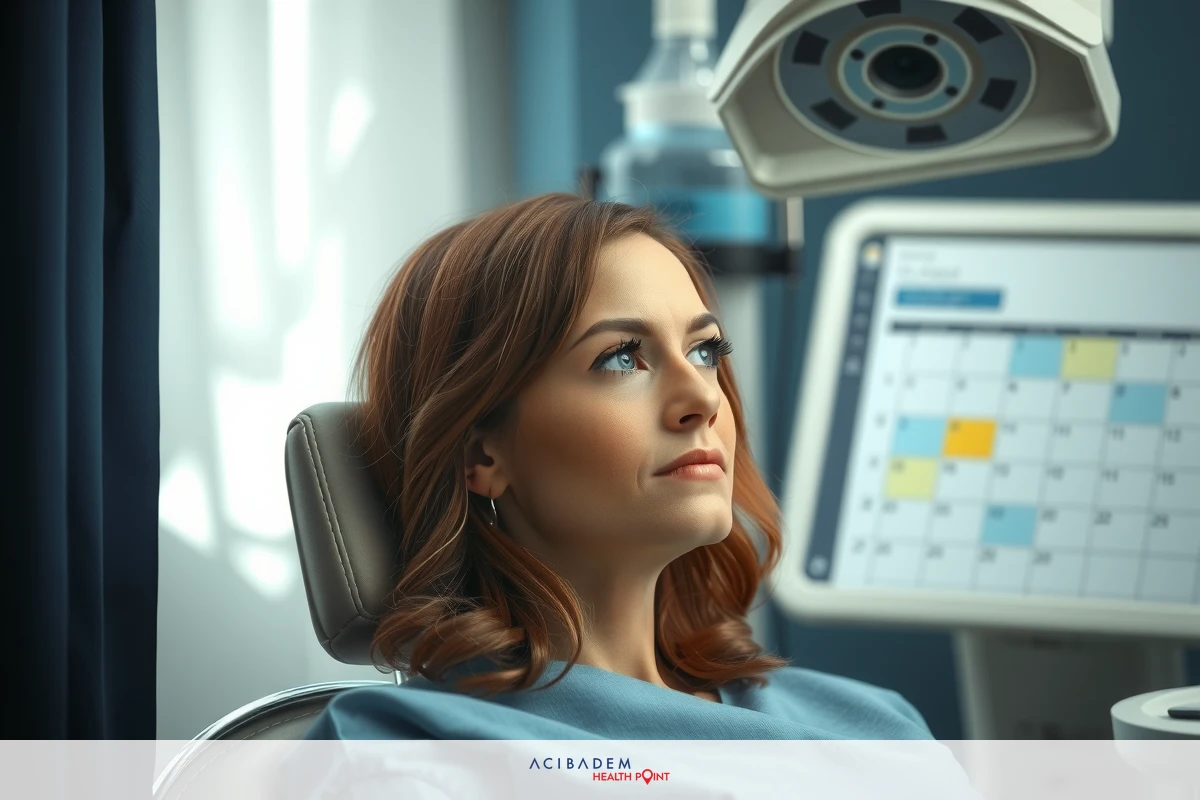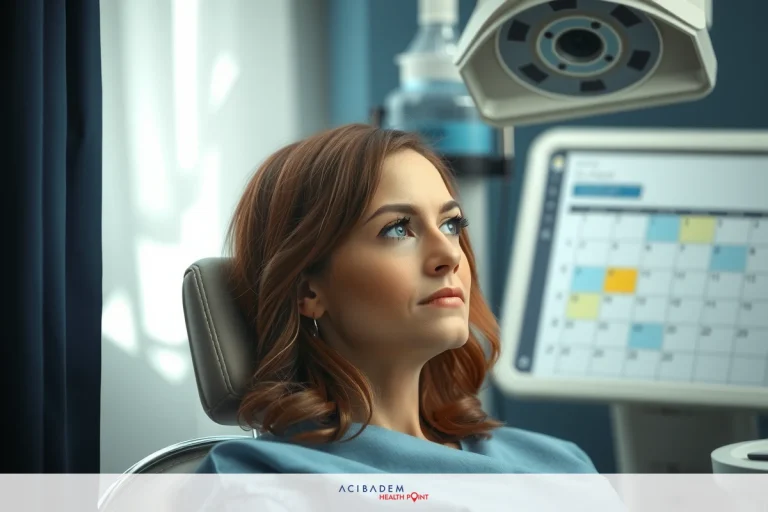How Do I Know if I Ruined My Rhinoplasty
How Do I Know if I Ruined My Rhinoplasty Rhinoplasty, is a popular form of cosmetic surgery. Despite its prevalence, there can be situations where the results may not meet the expectations or complications may arise post-surgery. Understanding how to identify signs of a compromised rhinoplasty is essential for prompt intervention and corrective measures.
This article serves as an informative guide to help you assess the condition of your rhinoplasty. It offers insights into the common signs of a compromised procedure, steps for self-assessment, and options for addressing any complications. Remember that while this information is helpful, it is always best to consult with your healthcare provider or surgeon for personalized advice.
Common Signs of a Compromised Rhinoplasty
A compromised rhinoplasty, or a ‘ruined’ nose job, can manifest through several signs and indicators. One of the most common signs is prolonged swelling. While some degree of swelling is normal after a rhinoplasty, it should gradually decrease over time. If you notice that your nose remains swollen for an extended period, or if the swelling becomes worse, this could be an indication of a complication. Another sign of a potentially compromised rhinoplasty is severe pain that doesn’t subside with time or pain medication. Pain is expected following surgery, but it should improve as your body heals.
Discoloration is another telltale sign of ruined rhinoplasty. A little bruising around the eyes and nose is common after surgery. However, if you notice persistent discoloration or worsening bruising weeks after the procedure, it may indicate underlying issues. Difficulty breathing through the nose is also a potential indicator. Rhinoplasty should ideally improve your breathing capabilities. If you find it challenging to breathe post-surgery or experience frequent nasal congestion without any known allergies or illnesses, it could be a sign of complications from the surgery.
Lastly, visible deformities can be clear signs of compromised rhinoplasty. These deformities may include asymmetry between the two sides of your nose, bumps on the bridge of your nose, or a drooping nasal tip. Remember, slight asymmetry is normal as our faces are naturally asymmetrical to some extent. However, pronounced asymmetry post-rhinoplasty may suggest that something has gone awry during the healing process or the surgery itself.
Recognizing these signs early can help address any potential issues swiftly and ensure appropriate corrective measures are taken. Always consult with your healthcare provider if you suspect your rhinoplasty might have been compromised, as they can provide expert advice tailored to your individual circumstances.
How Do I Know if I Ruined My Rhinoplasty: Steps to Assess Your Rhinoplasty
After undergoing a rhinoplasty, it’s crucial to regularly assess your nose’s condition. This process allows you to gauge the healing progress and helps in early detection if your rhinoplasty has been compromised. Here are some steps you can take to evaluate the state of your nose surgery.
1. Visual Inspection: Regularly examine your nose in the mirror. Look for signs of asymmetry, unusual bumps, or drooping at the tip of the nose.
2. Touch Sensation: Gently feel your nose with clean hands. Look out for any hardness, lumps, or areas that are excessively tender to touch.
- Breathing Assessment: Pay attention to your breathing pattern. If you experience difficulty while inhaling or

A woman wearing a blue medical gown is sitting on a medical chair, looking upwards. She has brown hair and appears to be in a state of rest or perhaps even some concern. exhaling through the nostrils, it might indicate an issue.
- Pain Evaluation: Track any pain you feel around your nose. Persistent or worsening pain could be a sign that something isn’t right.
- Swelling Monitor: Keep an eye on swelling. While some swelling is normal, prolonged or severe swelling could indicate a problem.
- Check for Discoloration: Monitor for persistent discoloration or bruising around the nose and eyes that doesn’t improve over time.
- Follow-up Appointments: Make sure to attend all follow-up appointments with your surgeon. They can professionally assess your rhinoplasty’s progress and catch any potential issues early on.
Remember, these steps do not replace professional medical advice but can serve as useful indicators if something is amiss with your rhinoplasty recovery process. Always consult with your healthcare provider if you suspect complications from your surgery.
How Do I Know if I Ruined My Rhinoplasty: Addressing Complications with Your Rhinoplasty
If you’ve identified signs of a compromised rhinoplasty, the first and foremost step is to communicate these concerns with your surgeon or healthcare provider. They are best equipped to evaluate the situation and suggest appropriate corrective measures. It’s crucial not to panic or jump to conclusions. Each person heals at a different pace, and what might look like a complication could just be a part of your unique healing process.
However, if there indeed are complications, rest assured that solutions are available. The specific course of action will depend on the nature of the complication. For instance, if swelling or discomfort is an issue, your surgeon may prescribe medications or recommend cold compresses to bring down the inflammation. In cases where breathing problems persist, steroid sprays or oral steroids may be used to reduce any internal swelling and improve your airflow.
In some situations, revision surgery might be necessary. This is typically considered when there are significant functional issues like breathing difficulties or visible deformities in the nose’s appearance. Revision surgeries are more complex than the initial rhinoplasty and should be undertaken by a surgeon experienced in this field. While needing revision surgery might seem daunting, it’s important to focus on the end goal of achieving a healthy and aesthetically pleasing result.
Remember that patients’ experiences with rhinoplasty recovery can vary significantly. What’s most important is to maintain open communication with your healthcare provider throughout the recovery process and follow their instructions diligently. This approach ensures you’re taking all possible steps towards a successful post- rhinoplasty outcome.
Frequently Asked Questions
How long does it take to recover from a rhinoplasty?
The recovery period after a rhinoplasty can vary from person to person. Generally, the initial swelling and bruising subside within a few weeks. However, it may take several months for the nose to fully heal and for the final results to become apparent.
Can I wear glasses after a rhinoplasty?
It is recommended to avoid wearing glasses directly on your nose during the initial healing phase, typically around 4-6 weeks. The pressure exerted by glasses can affect the delicate nasal structure. Instead, you may be advised to use tape or specialized splints to support your glasses without putting pressure on the nose.
Is rhinoplasty only performed for cosmetic purposes?
While rhinoplasty is commonly associated with cosmetic enhancements, it can also be performed to address functional issues such as breathing difficulties or correct defects caused by injury or birth abnormalities. Rhinoplasty aims to improve both the form and function of the nose.
Are there any risks or complications associated with rhinoplasty?
As with any surgical procedure, there are potential risks and complications associated with rhinoplasty. These can include infection, bleeding, adverse reactions to anesthesia, scarring, asymmetry, and dissatisfaction with the aesthetic results. However, serious complications are rare when the surgery is performed by an experienced and qualified surgeon.
Can revision surgery fix a compromised rhinoplasty?
In many cases, revision surgery can address complications resulting from a compromised rhinoplasty. Revision surgery aims to correct functional issues and improve the appearance of the nose. However, it is essential to consult with a skilled surgeon who specializes in revision rhinoplasty to ensure the best outcome.
Remember, if you have any concerns or specific questions regarding your rhinoplasty, it is always recommended to consult with your surgeon or healthcare provider for personalized advice and guidance.











